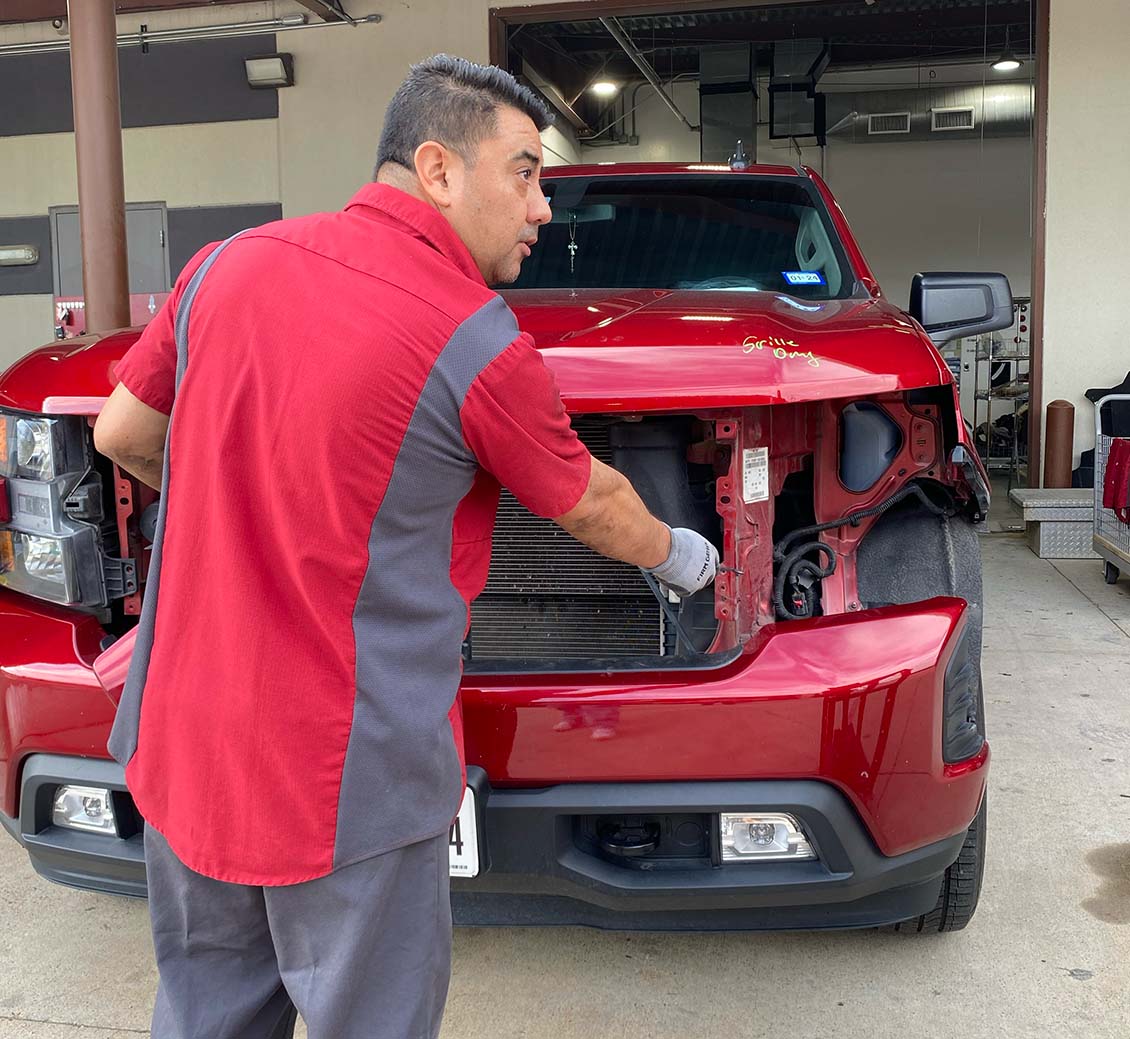
Car accidents, something nobody wants to deal with, are an unfortunate reality we must face. But here's the bright side: most of the time, we can fix our cars and get them looking and running like they did before the collision. Now, some repairs are a bit trickier than others, and that's what we're going to dig into in this blog. We'll talk about the different types of collisions and what it takes to get you back on the road hassle-free.
Rear-End Collision:
Involves damage to the rear bumper, trunk, and sometimes the rear frame.
Repairs may include replacing the bumper, trunk, and alignment checks to ensure the frame is straight.
Front-End Collision:
Can result in damage to the grille, headlights, fenders, and the engine compartment.
Repairs may include replacing damaged parts, realigning the front frame, and assessing engine damage.
Side-Impact Collision (T-Bone):
These accidents typically result in damage to the doors, side panels, and sometimes the frame.
Repairs often involve replacing damaged doors, side panels, and checking for structural damage to the vehicle’s frame.
Roll-Over Accidents:
Roll-over accidents can cause extensive damage to the roof, windows, and the vehicle’s structural integrity.
Repairs may require roof replacement, window replacement, and a thorough inspection for hidden structural damage.
Single-Vehicle Accidents (Collisions with Objects):
Damage in these cases depends on the object struck (e.g., a tree, pole, or wall).
Repairs will vary but typically involve bodywork, panel replacement, and addressing damage to the vehicle’s suspension.
Multi-Vehicle Pile-Ups:
In multi-vehicle accidents, damage can be extensive and affect various parts of the vehicle.
Repairs often involve a combination of the above-mentioned repair types, depending on the specific damage to each vehicle.
Rollover Accidents:
Rollover accidents can lead to significant damage to the roof, windows, and the vehicle’s structural integrity.
Repairs may include roof replacement, window replacement, and a thorough inspection for hidden structural damage.
Hit and Run Accidents:
Hit-and-run accidents can result in damage to various parts of the vehicle, depending on the point of impact.
Repairs will vary but typically involve identifying and repairing or replacing damaged components.
Low-Speed Collisions (Parking Lot Accidents):
Low-speed collisions can cause minor but frustrating damage, often to bumpers and body panels.
Repairs may involve paint touch-ups, dent removal, or bumper replacement, depending on the extent of the damage.
High-Speed Collisions:
High-speed accidents can result in extensive damage to multiple parts of the vehicle, often requiring complex repairs.
Repairs may include frame straightening, engine repairs, and comprehensive bodywork.
Understanding these different types of collisions and the necessary repairs can help you be prepared in case of an accident. It’s essential to have a qualified collision repair shop assess the damage and determine the necessary repairs for your specific situation.
Book your appointment now ateliteautoexperts.com or call us at (281) 856-8484.
#EliteAutoExperts #AutoRepair #BodyShop #BodyAndPaint #AutoRepairHouston #HoustonTx